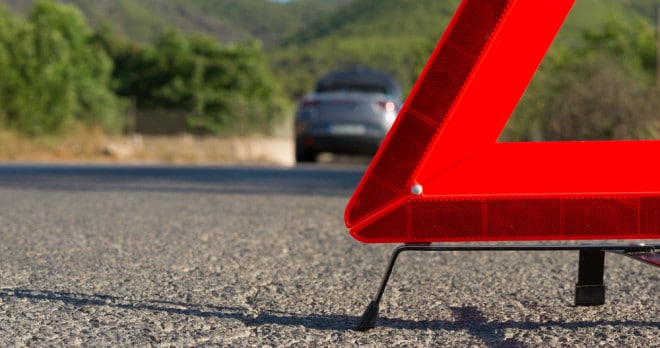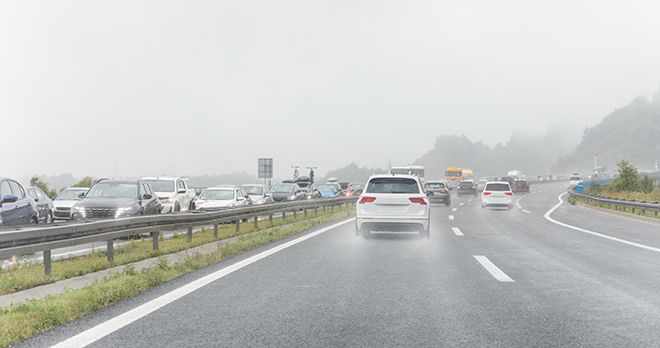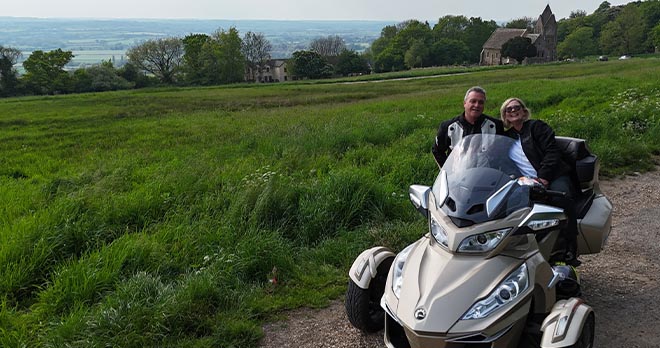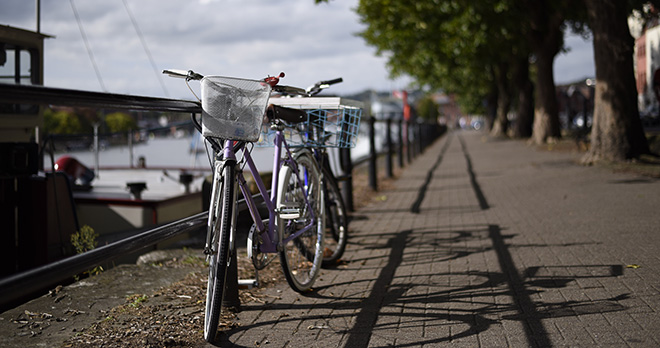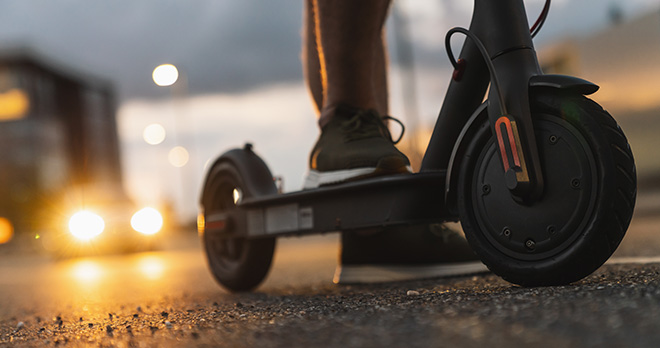What is ‘causative potency’, and what does it mean when you’re in a cycling accident?
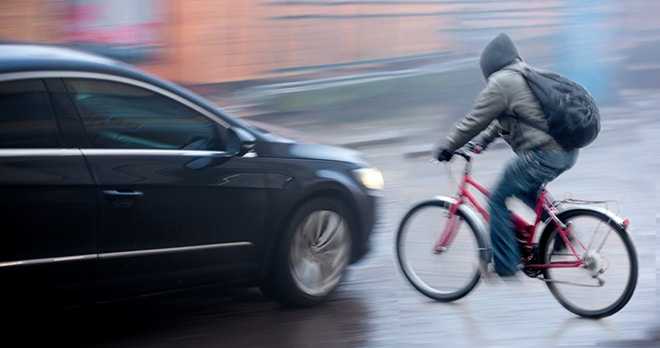
Causative potency is not a term you are likely to come across unless you’re in the habit of reading court judgments. Your solicitor might mention it to you if you’re involved in a claim for compensation following a road traffic accident, though. It is something I regularly discuss with my clients.
So, what does ‘causative potency’ mean?
‘Causative potency’ describes the potential for road users to cause damage to each other. Think of it this way; you’d expect to be at higher risk of death or serious injury after being hit by a car rather than a bicycle.
This greater potential for a motorist to cause damage to a cyclist is taken into account by the courts when deciding liability for road traffic accidents.
As cyclists we are vulnerable road users and very unlikely to cause damage to motorists. Contrast that with HGVs which have the potential to be extremely dangerous to other road users, and especially to vulnerable road users such as cyclists and pedestrians. The causative potency of an HGV, van or car is much higher than that of a bicycle.
How is the principle of ‘causative potency’ applied in practice?
The courts take account of other factors alongside causative potency, such as how much either party is to blame i.e. the extent to which the actions of each party contributed towards the accident and the resulting damage.
These cases of cycling accident claims give us an insight into how the courts take account of causative potency and blameworthiness:
Case two - A lorry vs. a cyclist
- This case involved a collision between an HGV and a cyclist in Cheshire. The HGV driver and cyclist were travelling in the same direction when the HGV stopped at a set of traffic lights, straddling two lanes of traffic indicating his intention to turn left. Approaching the vehicle from behind, however, it could be perceived that his intention was to turn right given his position in the road. Unfortunately, a car positioned behind the HGV blocked the cyclist’s view of the indicator.
- When the traffic lights turned green, the HGV driver moved his vehicle slightly to the right before turning left. This was at the same time that the cyclist cycled along the nearside of his vehicle and across its front, leading to the collision between the two.
- The judge held that the HGV driver didn’t check his mirrors properly and that the cyclist should not have undertaken the HGV. At this point, the judge considered the causative potency of the HGV and the cyclist noting that the HGV was a potentially dangerous machine and the potential for injuring a cyclist was significant.
- The judge decided that 70% of the responsibility for the accident should rest with the HGV driver and that the cyclist was 30% to blame.
Case two - A car vs. a cyclist
- The judge in this case found the defendant was driving her Volvo XC 90 at a reasonable speed on a road she knew well, but she had failed to properly assess the risk posed by the cyclist travelling in the opposite direction near a narrow bend in the road.
- The judge in this case made it clear that it was not the court’s job to expect perfection from a motorist, but to assess the motorist’s duty to take reasonable care in the circumstances at the time.
- When the cyclist became visible to the motorist, the cyclist was positioned towards the middle of the road and standing up on her pedals. The defendant motorist slowed down but the judge found that the motorist should have stopped to allow the cyclist to pass safely by. The judge also found that the cyclist was riding too close to the centre of the road.
- The cyclist’s blameworthiness was assessed at 25% while the motorist’s blameworthiness was 75%. In reaching this decision, the judge placed weight on the issue of causative potency; the potential to cause harm driving her car was far greater than that of the claimant riding her bicycle.
What does this mean for cyclists?
In cases where a judge is asked to apportion blame for a collision between a motorist and a cyclist, the application of causative potency certainly works in favour of cyclists.
The courts should (and do) recognise the vulnerability of cyclists on our roads and give weight to the causative potency of motor vehicles as being potentially dangerous weapons. This then impacts upon how they determine or apportion blame following road traffic collisions.
Had the cyclists in the cases summarised above been driving cars, rather than cycling at the time of the accident, the decisions apportioning the blame between the parties would have been very different. For example, in case 1 I think it would have been a 50:50 decision rather than a 70:30 decision.
Our specialist solicitors are here to help you when you have a claim for compensation. Contact us today to see if you have a case.
Call now

